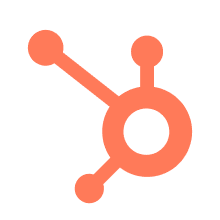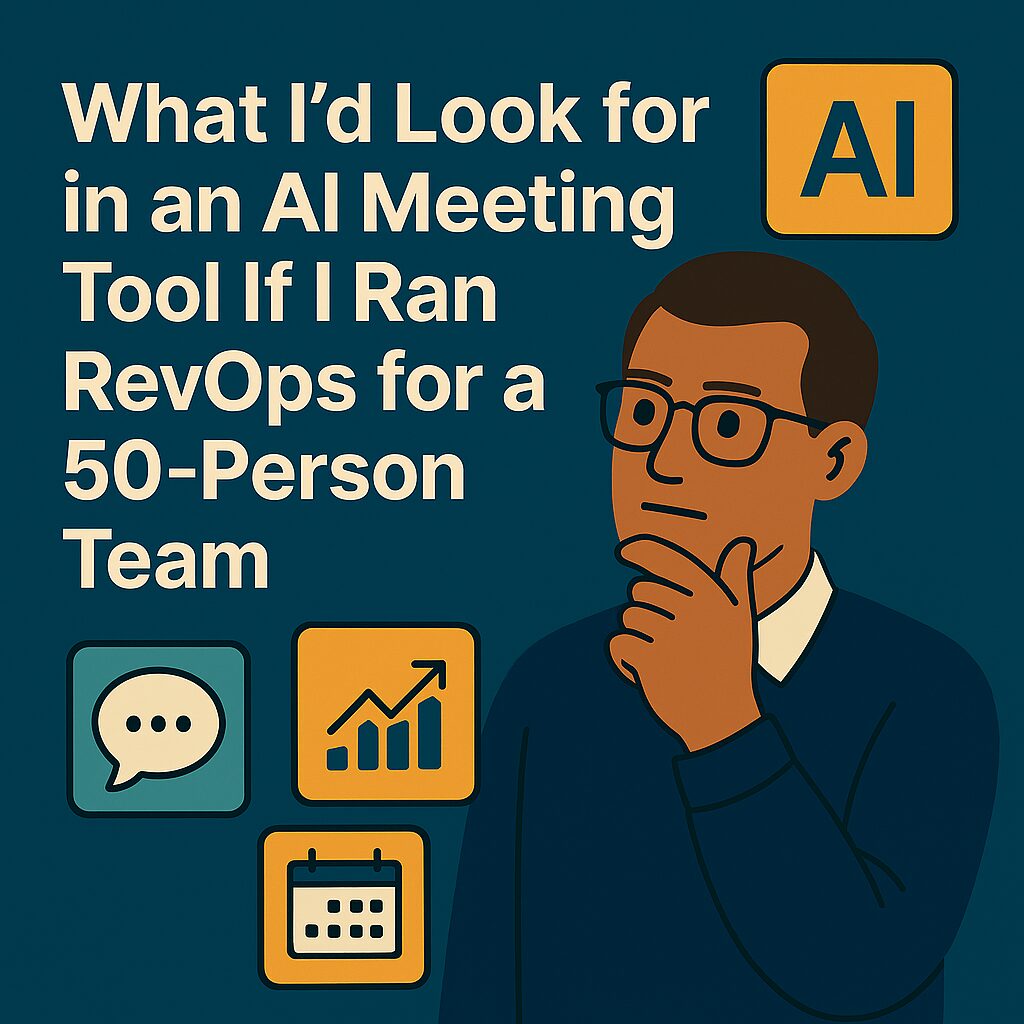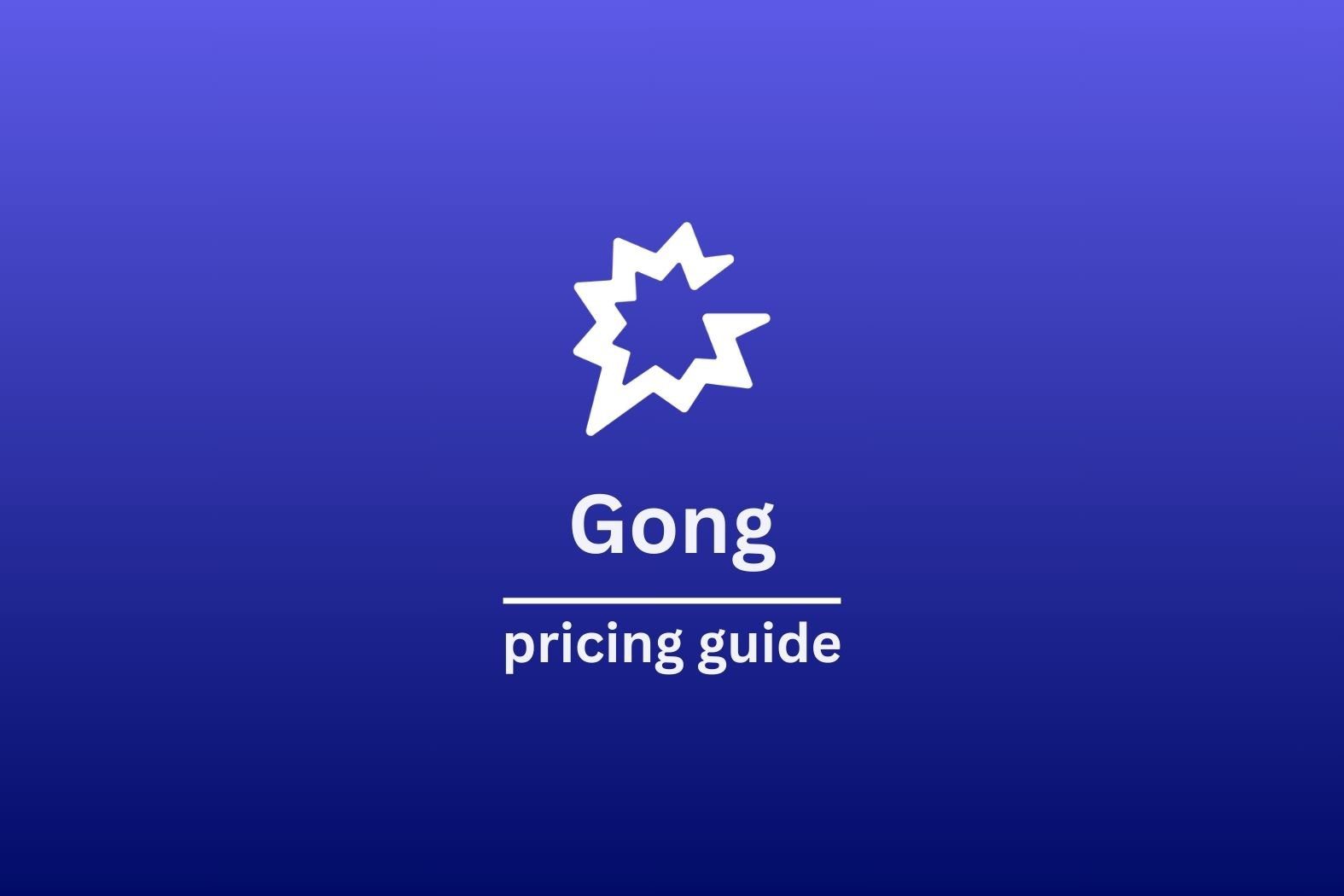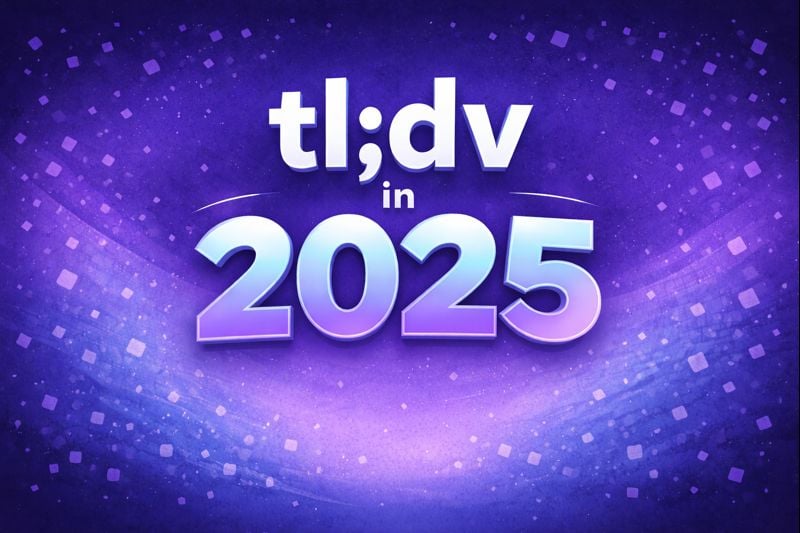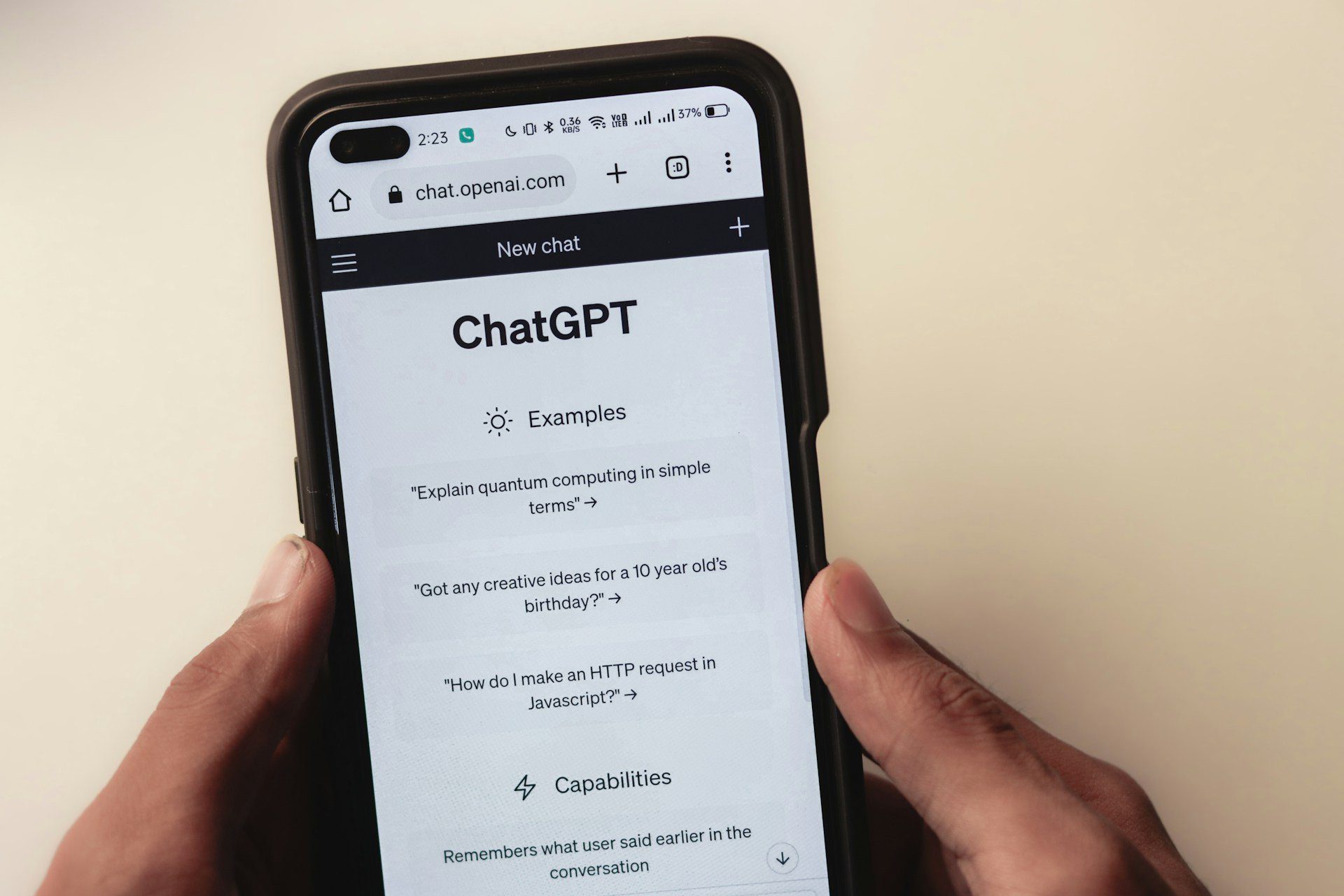If I were running RevOps for a 50-person team, the first thing I’d acknowledge is this: meetings are unavoidable. They’re where sales, marketing, and customer success actually come together and communicate. In theory, they should be the glue holding go-to-market alignment together.
The reality is less romantic. The average employee already spends 11.3 hours a week in meetings, almost a third of their workweek. And, according to the same report, since 2020, meeting volume has tripled. For a 50-person GTM team, it adds up to hundreds of hours of conversation every week that need to be captured, shared, and acted on.
This is exactly why RevOps leaders can’t afford to think of meetings as “just meetings.” They’re high-value data streams, and unless you have the right tools in place, most of that intelligence evaporates the moment the call ends.
TL;DR: What RevOps Should Expect From an AI Meeting Tool
If I were running RevOps for a 50-person team, here’s what I’d prioritize in an AI meeting assistant:
✅ Scales across dozens of concurrent meetings
✅ Auto-syncs with Salesforce/HubSpot
✅ Shared notes for Sales, Marketing, CS
✅ Smart AI insights (next steps, objections, churn signals)
✅ GDPR/SOC2 compliance & role-based access
✅ Language support for international teams
✅ Easy onboarding, instant value
Mini Comparison at a Glance
| Tool | Best For | Watch Out For |
|---|---|---|
| tl;dv | Scalable, multi-department, 30+ auto-detected languages, multi-meeting intelligence, CRM sync, great free plan | Lighter analytics and deal intel vs Gong |
| Gong | Deep revenue analytics, sales coaching, | Expensive, enterprise-heavy |
| Modjo | Mid-market sales orgs | Limited cross-department use |
| Fireflies | Transcription + notes | Weak CRM sync & visibility |
The True Cost of Inefficient Meetings
When you work in RevOps, it’s impossible not to translate time into revenue. A 30-minute call that goes nowhere is a drain on pipeline and forecasting accuracy, as well as your personal energy. Wasted time really does equal wasted revenue.
The numbers back it up: 24 billion hours are lost each year due to unproductive meetings. Over 70% of workers waste time every week due to unnecessary or cancelled meetings, while useless meetings can cause a big business to lose up to $300 million each year. Put another way, that’s entire quarters of revenue generation lost to conversations that don’t move the needle.
On the individual level, employees report wasting around 31 hours every month in meetings that didn’t need to happen. For a 50-person GTM team, that translates to more than 1,500 hours of lost productivity every single month. And in RevOps terms, every one of those hours could have been spent coaching reps, analyzing pipeline health, or reducing churn risk. Instead, it disappears into the calendar void.
This is why meeting efficiency is a very real revenue problem that you need to be aware of. RevOps leaders need to nip it in the bud before it compounds exponentially.

RevOps Priorities: What I’d Look For in an AI Meeting Tool
While transcription is important, for a 50-person RevOps team, I’d be looking for something that did a little bit more. Tools that offer transcription on its own are stuck in 2020. Instead, I’d be looking for something that actively drives alignment, efficiency, and revenue. Here’s what would be on my checklist:
- Scalability Across the Team
- CRM Sync and the Single Source of Truth
- Cross-Department Visibility
- Data Governance and Security
- Customizable Insights and AI Notes
- Language Support for Global Teams
- Ease of Onboarding and Adoption
Let’s take a look at each one in a little more detail.
Scalability Across the Team
It’s one thing for an AI assistant to handle a handful of reps, it’s another to keep pace with 50 people running multiple calls at once. For RevOps, scalability is non-negotiable. Every meeting needs to be captured, processed, and fed back into the system in real time.
Without this, you’ll end up with shadow notes scattered across Google Docs and Slack. You’ll get different colleagues using different tools and there’ll be no sense of cohesion whatsoever. That won’t do. As a RevOps leader, you’ll need a tool that can scale with the amount of calls you need, but also organize notes and recordings efficiently so you can actually make use of them afterwards.
A tool like this will enable you to scale insights across hundreds of hours of conversation. Studies show AI tools can save 5.4% of total work hours, about 2.2 hours per week per employee. Multiply that across 50 people, and you’ve suddenly reclaimed more than 100 hours in a single week.
CRM Sync and the Single Source of Truth
If I’m running RevOps, every tool I deploy has to protect one sacred principle: the CRM is the truth. I know that most sales reps despise the CRM and will do anything not to fill it in, but with AI tools in 2025, the whole thing is automated anyway (providing you choose the right one).
This instantly gets rid of the all-too-common “I’ll update the CRM later” excuses. Every call becomes a data point for pipeline forecasting, transforming your CRM into an absolute powerhouse as you’re able to take more calls daily (and leave the AI to fill in the CRM).
AI-driven collaboration tools can reduce redundant work by 35% and speed up knowledge retrieval by 70%. That’s exactly the kind of leverage RevOps is built to find.
Cross-Department Visibility
RevOps isn’t just about sales. Marketing, CS, and other departments also rely on meeting intelligence, and it can even be used to streamline internal discussions. The right tool should make it easy for each department to see what matters:
- Marketing can mine customer pain points and language for campaigns.
- CS can spot early churn signals.
- Sales can get coaching and visibility into objections.
- UX researchers can compile data from interviews.
- Product can clarify who’s doing what and when it’s due.
Everyone can benefit from meeting intelligence. 55.6% of employees say AI makes live meeting interactions more focused and aligned. When teams are focused and aligned, that’s when the magic happens.
Data Governance and Security
No RevOps leader can recommend a tool that creates compliance headaches. As a bare minimum, I’d want to see:
- SOC2 and GDPR compliance.
- Role-based access controls.
- Clear ownership of meeting data.
- Enterprise-grade encryption.
- Guarantee that our sensitive conversations are not used to train AI models.
- For EU-based teams, compliance with the EU AI Act.
Unproductive meetings already cost U.S. businesses $37 billion annually. The last thing you need is to add legal risk on top of wasted hours. As regulations tighten, choosing a compliant tool upfront protects you from expensive vendor switches later.
Customizable Insights and AI Notes
Basic transcripts are a non-negotiable at this point. Many tools, like tl;dv for example, offer unlimited transcriptions for free because of how much of a fundamental necessity they are.
What actually moves revenue forward, however, is context. The AI should be smart enough to highlight:
- Next steps and follow-ups.
- Objection handling cues.
- Competitor mentions.
- Customer sentiment analysis (though only for non-EU teams due to the EU AI Act).
- Trends and patterns across multiple calls
By adding context to the mix, AI tools can begin to provide real value that can help you adjust your sales strategy. Human–AI teams have been shown to be 73% more productive per worker, precisely because AI takes on the grunt work while humans focus on higher-value conversations.
When it comes to meeting intelligence, this is perhaps even more pertinent. Multi-meeting memory, for example, helps you switch tactics after reviewing dozens (or hundreds) of calls side-by-side to understand what’s working well and what could work better.
AI also helps with sales coaching by surfacing key calls for review, so managers can spend less time digging and more time developing reps.
Language Support for Global Teams
If your GTM team works across multiple markets, multilingual support is an absolute must. AI should be able to handle transcription, translation, and summarization across languages without forcing manual setup. This is especially critical when your 50-person team includes international reps who need shared context.
There are plenty of tools that offer multilingual transcription, but not that many that can auto-detect different languages in real-time. tl;dv is one that can. If you start your conversation in English, then switch to French midway through, then immediately jump on another call with Portuguese speaking clients, first of all, congrats on knowing so many languages. Secondly, and more importantly, tl;dv will automatically understand which language you’re speaking and transcribe in the spoken language.
Believe it or not, a lot of so-called AI meeting intelligence tools cannot do this. They either produce gibberish or require you to manually change transcription language in advance.
Ease of Onboarding and Adoption
Finally, no matter how powerful the AI is, if adoption stalls, the tool fails. I’d want:
- Simple onboarding that doesn’t require weeks of training.
- User-friendly interfaces that work inside existing workflows (Zoom, Google Meet, Teams).
- Clear value in the first week of use.
In a recent study, AI lifted support agent productivity by 15% on average, with the biggest gains among newer and less experienced staff. That’s exactly how you win adoption: by making the day-to-day easier, right away.
How AI Is Already Transforming Meetings
If I were to place myself in a RevOps leader role and weigh up AI meeting tools for a 50-person team, I’d want hardcore proof. The good news is, we already have it.
Take Bill Gates: even he uses AI in Microsoft Teams Copilot to summarize meetings. And it’s not just tech leaders experimenting either. Regular employees are seeing real gains. A HubSpot survey found that workers save up to 2 hours a day with AI handling routine tasks like scheduling and note-taking.
Government adoption tells a similar story. In the UK, a trial of 14,500 civil servants using Microsoft 365 Copilot showed users saved an average of 26 minutes a day. Entry-level staff saved 37 minutes daily and over 70% of users said AI reduced the time they spent on mundane work.
And an important thing to note here is that Microsoft Teams Copilot isn’t even that great. Bill Gates is using it because his company built it and the UK government is using it because it’s one of the most accessible enterprise-ready tools. However, the AI addition to MS Teams feels more like it’s been slapped onto a video conferencing platform. Sure, if you’re already using Microsoft, it’s worth giving it a go. If not, it’s not even worth considering. There are countless better options that don’t constrain you to one ecosystem.
At the end of the day, AI meeting tools aren’t hypothetical anymore. They’re already proving they can cut down wasted hours, sharpen conversations, and return time to the work that actually drives revenue.

RevOps Outcomes: What This Means for a 50-Person Team
RevOps is judged on outcomes. While hype-fuelled tools can seem shiny and attractive, they’re useless unless they make revenue teams more effective. If I were running RevOps for a 50-person team, here’s how the right AI meeting assistant would change the game.
Sales: Pipeline Visibility Without the Admin
Sales leaders shouldn’t need to sit through 100 hours of recordings just to know what’s happening. AI notes and CRM sync mean every objection, next step, and competitor mention flows straight into the pipeline.
Ultimately, that equates to faster access to data and much more accurate deal forecasting. It would make everybody’s life easier: from the sales reps to the stakeholders that want to see what’s going on.
Imagine a sales leader trying to prep for Monday’s pipeline review. Normally, they’d chase reps for updates or slog through hours of call recordings to understand where deals stand. With an AI meeting tool logging objections, competitor mentions, and next steps directly into Salesforce, the data is already there. They can instantly see that three deals are stalled over pricing, two are moving fast, and one has gone cold. Forecasting stops being a guessing game. Both reps and stakeholders finally have a shared, accurate view of the pipeline.
Beyond forecasting, AI also makes rep coaching more efficient. Instead of random call reviews, managers can zero in on the moments that matter, like objections, pricing pushback, or competitor mentions, so coaching time has maximum impact
Marketing: Real Customer Language
Instead of guessing at messaging, marketing can mine transcripts for customer pain points, feature requests, and the exact words buyers use. That’s the kind of insight that makes campaigns resonate, and it’s impossible to capture consistently without automation.
Imagine a marketing manager preparing copy for a new campaign. Instead of relying on gut instinct or a handful of anecdotal quotes from sales, they use tl;dv to pull transcripts across dozens of customer calls. Within minutes, they spot that prospects keep using the same phrase, “too complex to set up,” when talking about competitors. That exact language becomes the headline of the campaign, making the message land instantly with the audience. Without AI digging up those patterns, that insight would have been lost in hours of scattered meeting notes.
Customer Success: Early Churn Signals
Churn often hides in tone and sentiment before it shows up in renewal numbers. With AI bringing your awareness to risks early, like hesitation in QBRs (Quarterly Business Reviews) or frustration over support, CS leaders can act before customers walk away.
It’s also a fantastic way to quickly catch up on previous talks you’ve had with a specific customer. Using tl;dv, for instance, you can ask the tl;dv AI for a summary of all the conversations you’ve had with a specific client over the years. This works for sales prospects too.
Imagine a CSM heading into a renewal call with a customer who’s been quiet lately. Normally, they’d skim scattered notes and hope nothing was missed. With an AI meeting tool, every past conversation is summarized in seconds. Using tl;dv, they can even ask for a recap of all historical calls with that client, revealing that the customer has raised the same support frustration three times. Instead of being blindsided by a churn risk, the CSM is prepared with a proactive solution, turning a potential loss into a retention win.
Finance: Better Forecasting and Alignment
When sales notes and customer sentiment are logged automatically, finance gets clearer visibility into pipeline health. That means more accurate forecasts, fewer surprises, and stronger alignment across GTM teams.
Imagine a sales rep runs six demos in a week and never touches the CRM. Normally, finance wouldn’t see the full picture until deals were manually updated (if they were updated at all). But with an AI meeting tool logging notes and sentiment automatically, those calls feed straight into Salesforce in real time. Finance can spot that three prospects raised budget concerns, one expressed urgency, and two were clear no-gos. Instead of waiting for end-of-quarter guesswork, the team has live data to forecast more accurately, adjust targets, and avoid nasty surprises.
Choosing the Right Tool: tl;dv vs. Gong, Modjo & Others
Not all AI meeting tools are built for the same job. Some are positioned as revenue intelligence platforms, others as lightweight note-takers. The trick is finding the right balance for a 50-person RevOps team.
Here are the key players:
Gong / Chorus / Modjo: These platforms are designed as full-scale revenue intelligence systems. They give deep sales analytics, coaching insights, and pipeline forecasting. But they’re expensive (Gong’s pricing is notoriously opaque) and often overkill if you’re not running a 200+ rep sales org. For a leaner team, the ROI may not justify the licensing costs.
tl;dv: Unlike the heavyweight players, tl;dv focuses on making meeting insights simple and scalable. It records, transcribes, and summarizes meetings, automatically detecting what language you’re speaking from over 30 different ones. It integrates directly into your CRM and collaboration stack (6,000+ tools), making it easier for Marketing, CS, and Sales to share insights without layers of admin. It also has groundbreaking multi-meeting memory and intelligence, empowering you to pull insights from over 100 meetings simultaneously. The fact that its core functionality is free forever also makes it far more accessible for mid-sized RevOps teams.
Other notetakers (Fireflies, Otter, Fathom, etc.): These tools generally do transcription and summarization well but don’t always deliver on the cross-department visibility and CRM alignment that RevOps leaders really need. For smaller teams they can work, but at 50+ people, silos often creep back in.
So if I were making the call, I’d be weighing whether I want the deep analytics (and high price tag) of Gong and the like, or whether a more scalable, flexible solution like tl;dv is the smarter fit for a team that needs speed, visibility, and adoption across multiple GTM functions.
Here’s a cleaner breakdown:
| Feature / Must-Have | tl;dv | Gong | Modjo | Fireflies |
|---|---|---|---|---|
| Scalability (50+ users, concurrent meetings) | ✅ Scales across all major platforms (Zoom, Meet, Teams) | ✅ Enterprise-grade, but built more for 200+ rep orgs | ⚠️ Mid-market focus, less tested at 50+ scale | ✅ Handles concurrent meetings |
| CRM Sync (Salesforce, HubSpot) | ✅ Direct sync + auto-note logging, plus 6,000+ other integrations | ✅ Deep Salesforce/HubSpot integration | ✅ Salesforce/HubSpot native focus | ⚠️ Limited CRM integrations vs. Gong/Modjo |
| Cross-Department Visibility (Sales, Marketing, CS) | ✅ Shared transcripts + AI summaries in 30+ languages, great admin controls, & quality organization | ✅ Strong for sales, less built for Marketing/CS | ⚠️ Sales-heavy orientation, less CS-friendly | ⚠️ Strong on transcription, weak on visibility |
| Customizable AI Insights (next steps, objections, competitor mentions) | ✅ AI highlights action items, customer pain points, & objection handling tips | ✅ Advanced AI-driven deal analytics | ⚠️ Competitor mentions & deal insights included, but lighter | ⚠️ AI notes exist, less customizable for RevOps needs |
| Data Governance (SOC2, GDPR, role-based access) | ✅ GDPR, SOC2, + EU AI Act compliant, enterprise-ready | ⚠️ SOC2, GDPR, enterprise-grade (but no EU AI Act compliance) | ✅ GDPR + SOC2 compliant (unsure on EU AI Act compliance, but founded in France so likely is) | ⚠️ SOC2 + GDPR compliance, but no EU AI Act compliance |
| Language Support | ✅ 30+ languages supported, auto-detected | ⚠️ 70+ languages but no auto-detection | ⚠️ Limited (6 languages only and no auto-detection) | ⚠️ 100+ languages but not auto-detected |
| Ease of Onboarding / Adoption | ✅ Forever free plan, instant setup, fast value | ⚠️ Long sales cycle + enterprise onboarding (fees apply) | ⚠️ Must contact sales and be onboarded | ✅ Quick setup, but feature adoption varies |
| Estimated Pricing for 50-Person RevOps Team | ✅ $21,000 per year (50 Business Plan users) | ❌ $106,000+ per year | ❌ $60,000+ per year | ⚠️ $23,400 per year (50 Enterprise plan users) |
For more detail on these revenue intelligence platforms, see our reviews:
From Meetings to Revenue Intelligence
For me, the takeaway is simple: RevOps needs to make sure that meetings actually fuel revenue growth. Otherwise, what’s the point? You’re just burning a hole in your pocket and not doing anything about it.
The right AI meeting tool can:
- Save each rep 2+ hours every week
- Prevent tens of thousands of dollars in wasted meeting time#
- Sharpen collaboration and focus across GTM teams
This is your competitive advantage. AI meeting assistants are not just nice-to-haves, they’re essential to enhancing your RevOps team.
FAQs About AI Meeting Tools for RevOps
Why should RevOps leaders care about AI meeting tools?
Because meetings are where pipeline health, churn signals, and customer insights live. Without a tool to capture them, most of that intelligence is lost. AI makes sure every conversation fuels revenue intelligence.
How do AI meeting tools improve forecasting accuracy?
By automatically logging objections, next steps, and sentiment into the CRM, AI tools give Finance and RevOps real-time visibility into deal progression, making forecasts more accurate and less dependent on rep memory.
What’s the ROI of adopting an AI meeting assistant?
The average U.S. employee costs their company about $29,000 per year just to sit in meetings. Research from the Federal Reserve Bank of St Louis shows that AI saves 5.4% of work time, so a 50-person team recoups ~$78,000 annually. Tools like tl;dv cost around $21,000/year for 50 users, meaning payback happens in 3–4 months.
How do these tools support cross-department alignment?
They make insights shareable beyond Sales. Marketing can mine transcripts for customer language, CS can catch churn risks, and Product/UX can analyze user feedback, turning siloed notes into shared intelligence.
What about coaching and enablement?
AI helps managers identify the exact moments worth reviewing, like competitor mentions, pricing pushback, or objection handling, so rep coaching is targeted and time-efficient.
Do all tools handle multilingual meetings?
No. Gong supports 70+ languages but requires pre-selecting one. Modjo only supports 6 for live transcription. tl;dv, by contrast, auto-detects 30+ languages in real time, which is critical for global GTM teams.
Are there compliance risks to watch out for?
Yes. RevOps leaders should check for SOC2, GDPR, role-based access, and whether data is used to train third-party models. With the EU AI Act coming into force, compliance is becoming a must-have.
What’s the difference between tl;dv and Gong/Modjo?
Gong and Modjo are deep revenue intelligence platforms with heavy analytics and coaching features, but they come at a steep cost (>$60k–$100k/year for a 50-person team). tl;dv is more scalable across departments, has better language support, and is far more affordable.
Gong and Modjo do offer stronger deal intel, including revenue intelligence dashboards, but when it comes to versatility, tl;dv is king. It can help sales coaches train their sales team, suggest objection handling tips, and provide sales playbooks for you to monitor and assess, all while still being fantastic as an internal meeting intelligence tool to cut down unnecessary time in meetings.
